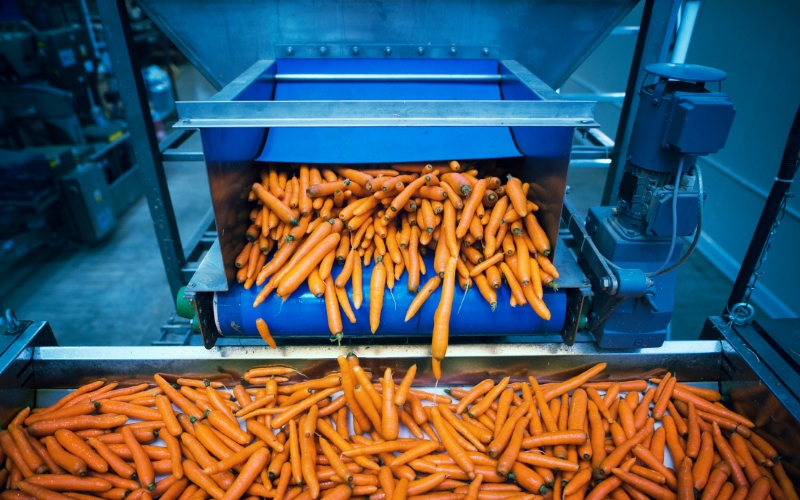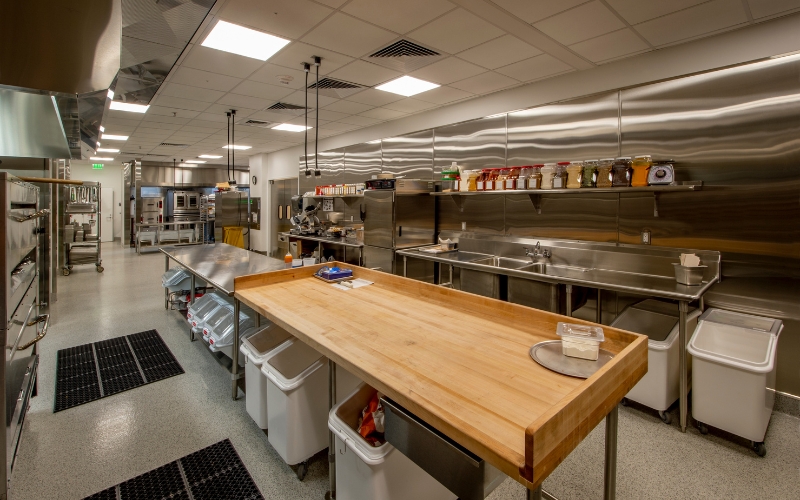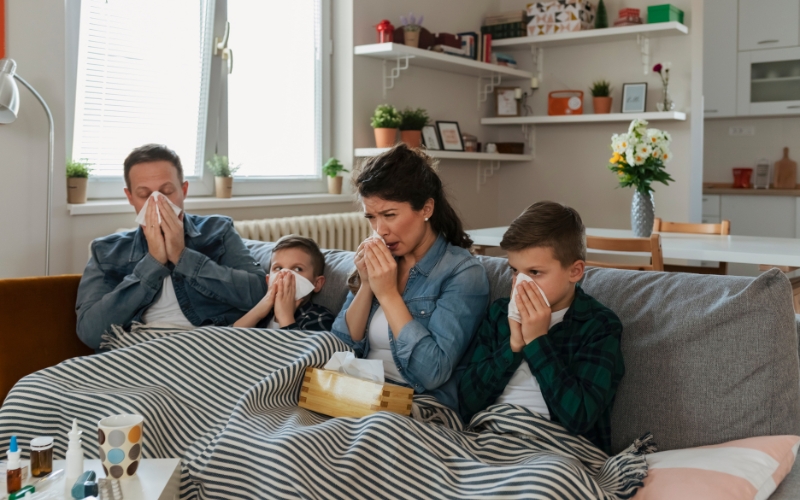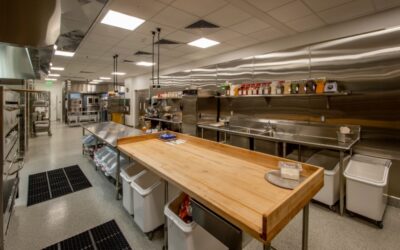Recent reports reveal a troubling increase in foodborne illnesses, with food recalls climbing a staggering 41% in 2024 compared to the previous year. This alarming trend underscores the ongoing public health threat posed by harmful bacteria such as Salmonella, E. coli, and Listeria, which sicken tens of millions of Americans annually.
What’s Behind the Increase in Foodborne Illnesses?
The recent surge in contamination cases highlights the persistence and adaptability of bacteria like Salmonella, E. coli, and Listeria. Salmonella alone causes approximately 1.35 million illnesses annually, while E. coli and Listeria account for 265,000 and 1,600 cases, respectively, each year. The consequences are severe: hospitalizations and deaths related to these illnesses have more than doubled.
Factors contributing to this rise include increasingly complex food supply chains, inconsistent adherence to food safety standards during processing, and climate change influencing bacterial growth patterns. The interconnected global food supply also means outbreaks can rapidly become widespread.
Foods at High Risk of Causing Foodborne Illnesses
Consumer Reports identified specific foods frequently linked to foodborne illnesses. Leading the list are deli meats, cucumbers, and raw milk products. Deli meats are notably problematic, having caused 165 illnesses, 87 hospitalizations, and 10 deaths recently due to listeria and salmonella contamination. Cucumbers, often contaminated by irrigation water and soil, were linked to 664 illnesses. Raw milk and cheese were responsible for 182 illnesses.
Other notable risky foods include:
- Soft cheeses (cotija, queso fresco): High moisture content makes them prone to listeria.
- Eggs: Frequently contaminated with Salmonella.
- Carrots, onions, and cucumbers: E. coli outbreaks linked to contamination from irrigation water.
- Leafy greens and fresh herbs: Often contaminated by bacteria due to proximity to livestock and agricultural runoff.
The Role of Food Processing and Commercial Facilities
Food processing plants, restaurants, and commercial kitchens are critical in controlling foodborne illnesses. Contamination at these facilities can quickly lead to widespread outbreaks, costly recalls, and severe reputational damage. Thus, ensuring that these environments meet stringent hygiene standards is essential.
Commercial food handlers must maintain rigorous sanitation protocols, regularly train staff in food safety practices, and ensure compliance with established regulations. Additionally, investing in advanced technologies to enhance sanitation processes is becoming increasingly crucial to proactively protecting consumers and brands alike.
Enhancing Food Safety from the Source
Addressing contamination directly at the source is highly impactful, especially in commercial food handling environments. Many bacteria that cause foodborne illnesses can be transmitted through air and surfaces during food processing and packaging. Technologies continuously purifying indoor air and surfaces can significantly reduce these contamination risks.
Innovations such as Synexis’ patented Dry Hydrogen Peroxide (DHP®) technology quietly and continuously sanitize air and surfaces without interrupting daily operations. By proactively reducing airborne and surface pathogens like Salmonella, E. coli, and Listeria, facilities using DHP can minimize contamination events, providing an additional safeguard in food processing environments.
This proactive approach protects consumers and benefits businesses by reducing costly recalls, enhancing brand reputation, and ensuring regulatory compliance.
The Future of Food Safety
Improving the nation’s food safety systems requires comprehensive strategies that combine vigilant consumer practices with advanced, proactive sanitation solutions in commercial settings. Accelerating recall processes, enhancing traceability, and advocating for improved regulatory standards, such as declaring salmonella an adulterant in poultry, are essential steps forward.
Public and industry awareness, coupled with cutting-edge purification technology, can create safer food environments, ultimately reducing the burden of foodborne illnesses nationwide. Continued investment in these areas, supported by robust industry-specific safety initiatives, will ensure ongoing progress and heightened public confidence in food safety measures.
To speak with an IAQ expert from Synexis, fill out this form and we’ll be in touch as soon as possible.
And to learn more about Synexis, click here.








